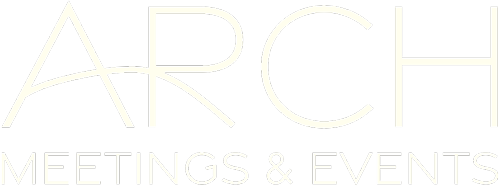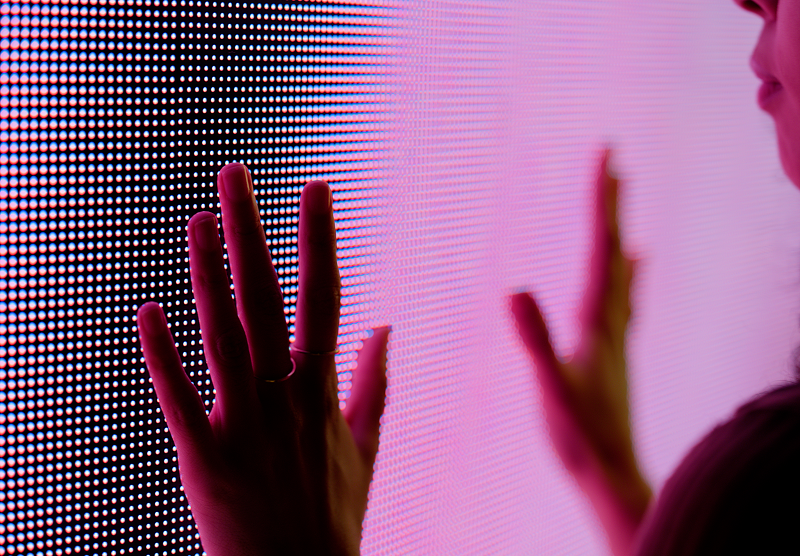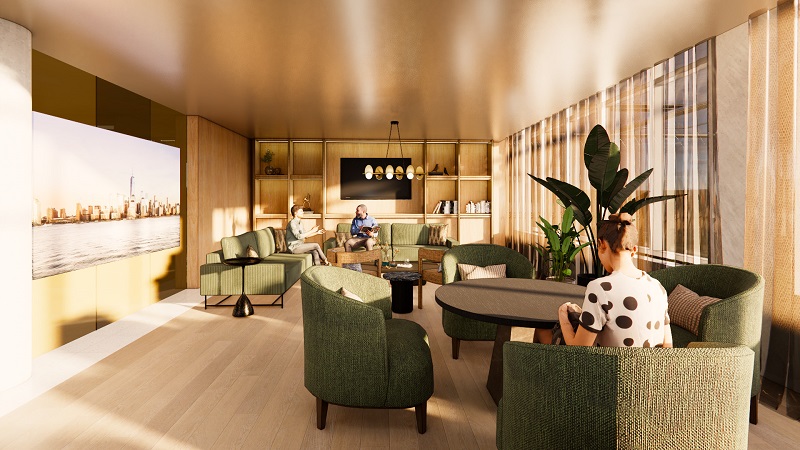Unsurprisingly, public interest in immersive experiences is on the rise. Whether they’re looking for an escape from reality or have an interest in new technology, studies show people are looking to attend immersive events and activations when given the option. According to Eventbrite, searches for “immersive experience” on the platform increased by 83 percent in 2023 alone, meaning if you’re not planning your meetings and events around this growing interest, you’re leaving attendee engagement—and ultimately, revenue—on the table. A 2024 study by Freeman supports this, when 64 percent of event attendees said immersive experiences are the most important event experience element.
How To Plan a Successful Immersive Experience
It’s not easy. Today’s attendees expect something they can feel, move through, and remember, and that shift is changing the way planners think about space, experience, and engagement. But despite its complexities, it’s imperative to invest in these tools and create events your target audience want to attend.
Immersive events create stronger impressions because they do more than deliver information. They shape how people absorb it. When sight, sound, scent, and movement are part of the design, guests become participants rather than passive observers. That shift increases emotional connection and attention span. It creates moments people want to talk about, document, and share. It supports brand storytelling, enhances learning, and encourages deeper networking, which can increase your brand loyalty and ROI.
Themed Corporate Events
One of the most effective ways to create an immersive experience is by building an event around a strong, cohesive theme. When every element—venue layout, décor, lighting, entertainment, and even food and beverage—is aligned under a single concept, guests are more likely to stay engaged and emotionally invested. Themed corporate events go beyond decoration, they can (and should) help shape a narrative that guests can move through and participate in.
Recent trends point to a growing interest in purpose-driven themes. Sustainability-focused events, for example, may use natural textures, plant-based catering, and carbon-offset programs to reinforce their values. Tech-forward launches might lean into interactive LED installations, futuristic soundscapes, and digital guest check-ins to set the tone. Even nostalgic throwbacks like retro-futurism or 1990s pop culture can create a powerful connection, particularly when paired with music, visuals, and design cues that evoke personal memory.
For internal team events or leadership retreats, themes like “wellness,” “connection,” or “innovation” can help guide programming and mood. A wellness theme might include aromatherapy lounges, quiet recharge rooms, and movement-based sessions like yoga or sound baths. The goal is to build an environment that supports the content and intention of the event, not just its aesthetics. Venues with flexible layouts and creative breakout areas, like the Arch Meetings and Events-managed 1700 Broadway in Midtown Manhattan, make it easier to layer in immersive experiences without compromising flow or function. When done well, themed corporate events help transform a standard meeting into something with personality, purpose, and staying power.
Multi-Sensory Event Design
The most memorable events feel fully immersive because they engage multiple senses at once. It’s an important strategy for deeper emotional impact, stronger recall, and more meaningful guest experiences.
Lighting and sound are often the foundation. Dynamic uplighting, projection mapping, and curated soundscapes can instantly shift the mood of a space. From there, other senses come into play. Scent can be a powerful tool when used intentionally—think eucalyptus diffusers in wellness areas or branded fragrances tied to a product launch. Even texture matters: soft furnishings, natural materials, and tactile activations can shape how a guest physically interacts with their surroundings.
Food and beverage play a big role, too. Chefs and mixologists are increasingly involved in the creative process, offering menus that reflect the theme or even become part of the entertainment. Think edible branding, wine pairings guided by scent, or cocktail stations designed as sensory playgrounds.
When done well, multi-sensory design doesn’t overwhelm, it enhances. Each detail reinforces the event’s goals, helping guests stay present and engaged from the moment they arrive to the moment they leave, and hopefully for long afterward.
Interactive Event Experiences
While sensory elements draw people in, interactivity invites them to participate—and that’s where real attendee engagement happens. These touchpoints don’t just entertain; they deepen understanding and increase dwell time, giving attendees more reasons to stay, connect, and talk about what they’ve seen.
Installations might include motion-triggered projections, gamified networking lounges, or AI-powered photo booths that customize images in real time. Others use AR/VR to create immersive brand stories or spatial sound to guide guests through an experience. Participation can also be low-tech and still incredibly effective. Live art, collaborative murals, or analog feedback walls with sticky notes or string lines can create shared moments and reflect the energy of the group. Even simple interactions—like a scent bar, tasting station, or interactive product demo—can help anchor the memory of the event in a tangible way.
Interactive design is also a key driver of social sharing. When attendees are part of the action, they’re more likely to pull out their phones and post. That organic amplification extends the life of the event and can boost brand visibility well beyond the room.
Immersive Event Venues
A venue can make or break an immersive experience. Beyond size and location, planners need to consider a venue’s flexibility, flow, and ability to support layered, interactive design. When selecting a space for an immersive event, planners should consider a few key factors:
-
- Open, adaptable layouts that allow for dynamic room configurations and multi-zoned setups
-
- High ceilings and unobstructed views to accommodate large installations, projection mapping, or elevated staging
-
- Strong infrastructure for lighting, AV, and power distribution
-
- Access points and circulation that support guest movement and narrative flow
-
- Neutral aesthetic that doesn’t compete with custom design
The recently renovated Harborside in Jersey City is a strong example of a venue that checks all these boxes. With over 100,000 square feet of open space, the waterfront destination has already hosted a wide range of immersive events from fashion shows and influencer activations to concerts and brand launches. Its raw industrial interior provides a clean slate for large-scale concepts, while its proximity to Manhattan adds convenience without sacrificing atmosphere.
The right venue doesn’t dictate the experience, but rather it enables it. For planners looking to bring ambitious ideas to life, choosing a space that offers both flexibility and scale is the first step toward designing something unforgettable.
Tips for Creating Immersive Events
Successful immersive events are the product of careful planning, collaboration, and attention to detail. To make your vision a reality, consider these key strategies:
- Map the Guest Journey: Think beyond the agenda. From arrival to departure, design each touchpoint to engage attendees emotionally and physically. How does the space transition? What sensory cues guide movement? A well-planned flow ensures guests stay connected and curious throughout.
- Collaborate Early and Often: Work closely with venue teams, AV specialists, and creative vendors from the start. Early coordination ensures technical requirements align with your design and prevents last-minute surprises. Arch Meeting and Event venues offer experienced on-site staff who can help troubleshoot and elevate your concept.
- Prioritize Clarity and Purpose: Immersion isn’t about adding every possible gimmick. Focus on elements that reinforce your event’s core message. Consistency in theme, sensory elements, and interaction helps create a cohesive experience that resonates.
- Test and Refine: Run walk-throughs and rehearsals to identify any friction points or confusing areas. Fine-tune lighting, sound, and interactive features to optimize flow and comfort.
Immersive event design is an evolving practice that rewards creativity and thoughtful execution. When these elements come together, you create not just an event, but a memorable experience that builds lasting connections.





